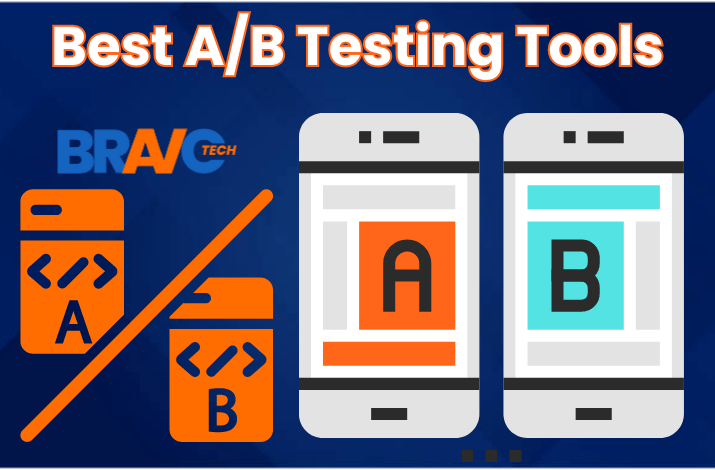Why Asia-Pacific leads the IoT charge to the edge – Technologist
Today, the concept of internet of things (IoT), which refers to the creation of a network that connects physical objects embedded with sensors and enables these objects to collect and exchange data, has long become familiar to most of us. In fact, as IoT technology grows in popularity with both governments and companies on a global scale, the Asia-Pacific region is one that continues to spearhead its adoption.
According to the latest IDC Worldwide Semiannual Internet of Things Spending Guide, Asia-Pacific (excluding Japan) is projected to be the global leader IoT spending in 2019, accounting for approximately 36.9% of worldwide spending.
The reason for Asia-Pacific to be leading the IoT charge lies in the unique combination of government advocacy, manufacturing roots and research and development (R&D) know-how. Asia-Pacific is also ahead when it comes to Smart City rollout, with a staggering US$63.4 billion earmarked for investment in Smart City technology in the region. As the backbone of smart cities, IoT is a key focus area for development in the region.
As the region turns its focus to IoT, many of its markets have already begun heavy R&D investment to support its rollout. Various governments in the region such as Hong Kong and Australia are earmarking substantial amounts to build out accelerators and innovation hubs.
Meanwhile, Asia-Pacific’s longstanding roots as a manufacturing hotbed have caused the region to witness the rollout of IoT firsthand in its production lines and factories, showcasing efficiencies and vertical integrations.
Moving to the edge for IoT for success
As the IoT market matures and companies seek to derive value from it, new considerations and best-practices are emerging. IoT relies on a highly distributed network capturing data, and this data must be analysed in real-time before it rapidly loses value. This leaves enterprises facing the tough problem: How can they process data while its intrinsic value remains high?
In order to do this, analysis needs to happen at the ingestion point, on the network edge. With physics and latency considerations and given the complex processing and quick responses required by IoT, analysis is best done in close proximity to devices.
By building out an IoT environment with edge architecture, enterprises can factor in filtering, processing and analytics closer to both the input devices and end-users. Not only will this help with faster analysis and better predictive models, but it also enables the optimisation of network costs and can streamline application performance.
The limitations of early generation IoT were clear – the use of a device gateway to offer limited control and communication between sensors and IoT networks, and the consequent latency and bandwidth restrictions resulted in a response time far longer than the five milliseconds required to be considered “real-time”. Instead, edge processing will allow enterprises to fill these gaps, filtering data to reduce the quantity to transfer while gaining greater control of devices and services.
The edge is already delivering IoT success
Enterprises in the region have already begun reaping the benefits of the edge. Asia-Pacific-based ride hailing service, PickMe is working with data management services provider, Iguazio, for efficient and intelligent data management, in order for them to develop and act upon insights to streamline efficiency and grow revenue.
With the freedom to work with multiple service providers, on-premises, in the cloud or as a hybrid architecture out at the edge, anywhere in the world, PickMe is now able to build a powerful matching engine that combines application, passenger and driver data at the edge to support with real-time rate adjustments.
In the manufacturing sector, the external edge processes external input such as from the government, the weather and holiday dates can help to optimise pricing and inventory decisions once combined with value chain data. This combined data analysis allows products to get to market faster, especially when short turnaround time is necessary, such as during seasonal peaks.
Meanwhile, internal analytics from industrial IoT sensors that distributed across manufacturing components will enable predictive maintenance, conferring the ability to address issues before they can affect the manufacturing process and end-user experience.
As a result, manufacturers can optimise their architecture across multiple edges and focus distribution to support both internal analyses for improvements and external analysis for their end-users and customers.
Ultimately, successful IoT initiatives will be dependent on interconnection, with digital infrastructures that can physically link dispersed sensors, devices and machines that make up public systems, services and experiences, essential for the real-time exchange of information.
In the future, full IoT deployments can require interactions between multiple parties across a single or even multiple ecosystems. Making these complex IoT ecosystems work together intelligently requires a foundation of direct and secure interconnection that can deliver the performance, scalability and security required to build a smarter world.



